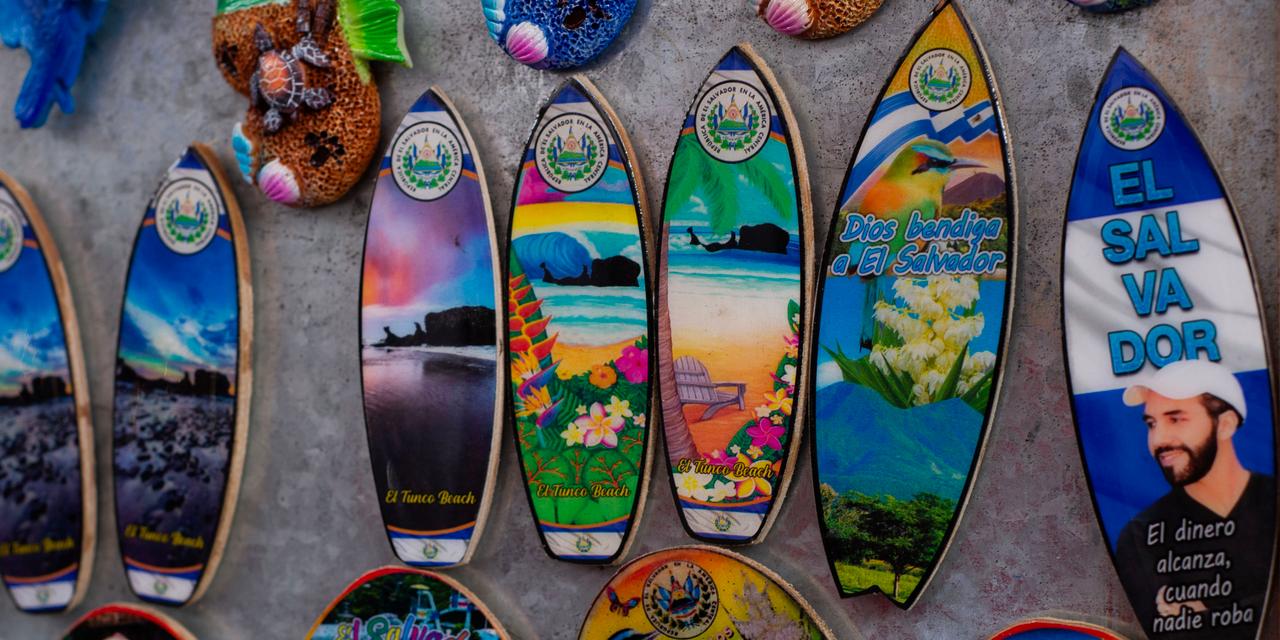


El Salvador: From 'Surf City' beaches to overflowing prisons – the two sides of the Bukele model
FeaturePresident Nayib Bukele has propelled El Salvador to the top of the world ranking for incarceration rate, with nearly 1.7% of the population behind bars. At the same time, the Central American state has welcomed 3.5 million tourists, far outpacing Costa Rica.
The flags of 61 delegations, including that of France, fluttered in the Salvadoran sky on Friday, September 5, during the opening ceremony of the World Surfing Games. Smiling athletes marched holding those banners in front of the ocean waves and the "Surf City" logo – a project spearheaded by President Nayib Bukele that has transformed several villages along the Pacific coast into tourist destinations. No one here seemed concerned that the country had slid into authoritarian rule.
The presidential communications office sent six photographers to cover the event – not counting videographers and YouTubers who were also busy capturing the faces of spectators from around the globe. The president of the International Surfing Association, Fernando Aguerre, warmly thanked the Salvadoran president in his speech. The next day, government social media accounts repeated the same message over and over: "The whole world comes to surf in El Salvador: another success for President Bukele."
In 2024, El Salvador welcomed 3.5 million tourists, becoming the most visited country in Central America, ahead of Costa Rica with its 2.6 million visitors. In Surf City, hotel and restaurant prices target a wealthy clientele and are out of reach for most Salvadorans. This unprecedented influx of visitors in a country of 6 million people could be explained largely by the dismantling of the country's two largest criminal gangs – the Mara Salvatrucha (MS-13) and Barrio 18 – which had previously operated with a rule of terror. Since coming to power in 2019, Nayib Bukele has enjoyed an unusually high popularity rating – around 85% – largely thanks to his security record.
'Forced disappearances'
You have 78.4% of this article left to read. The rest is for subscribers only.
